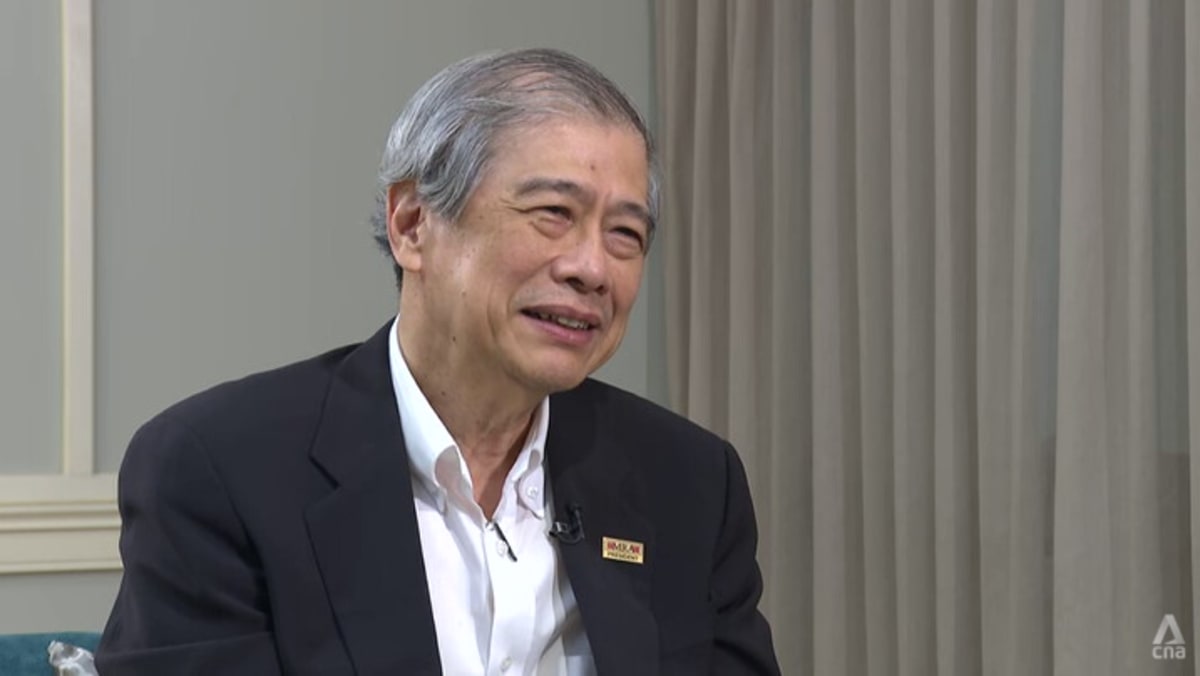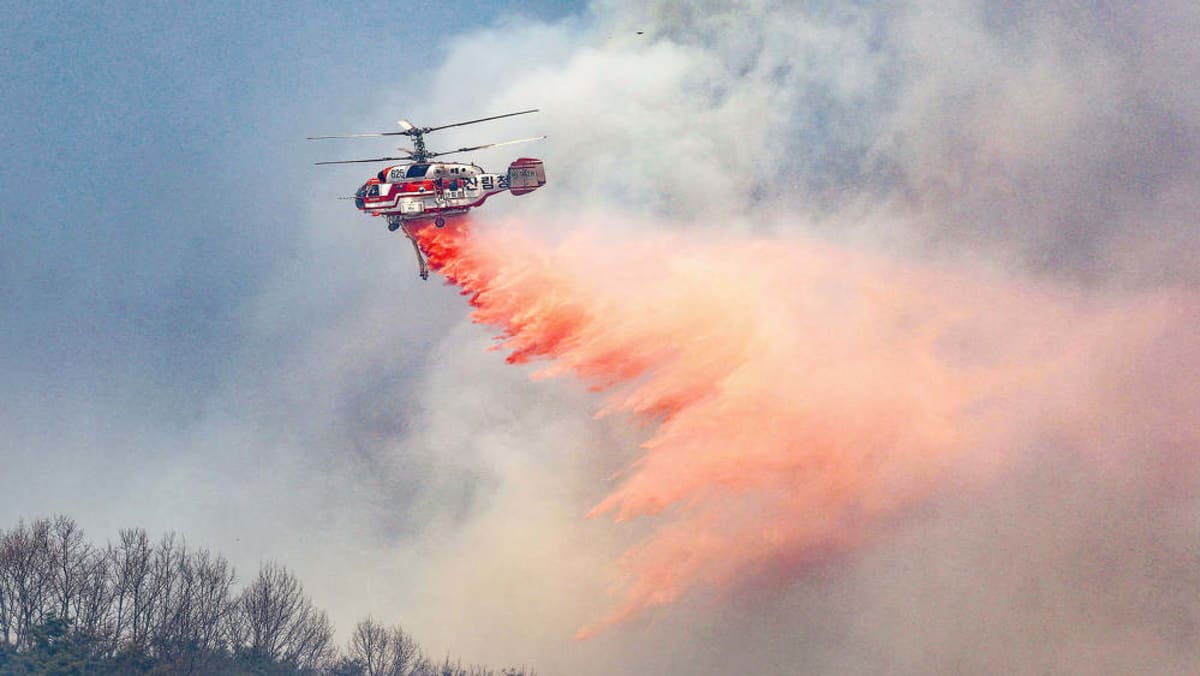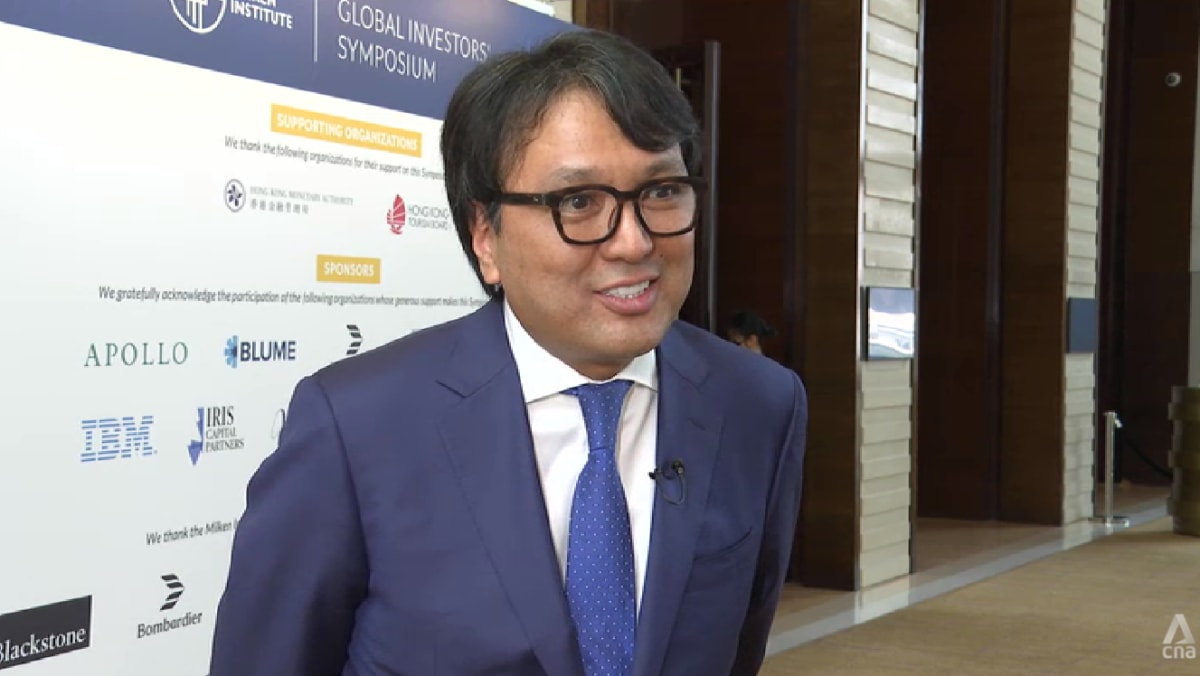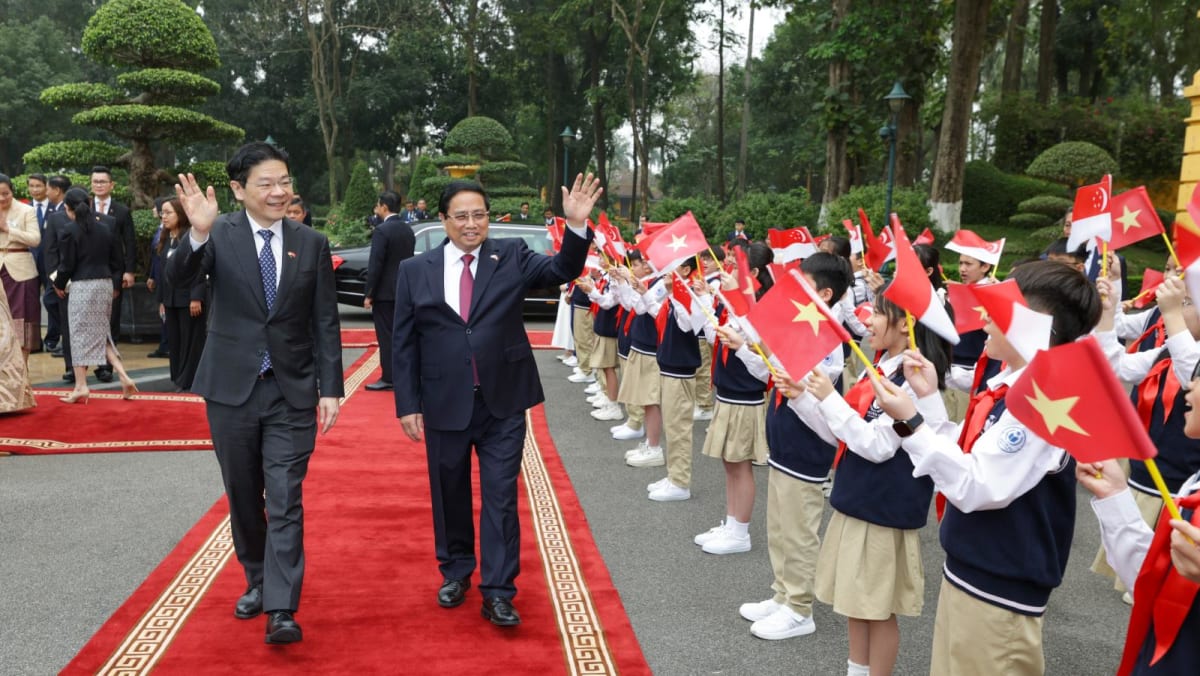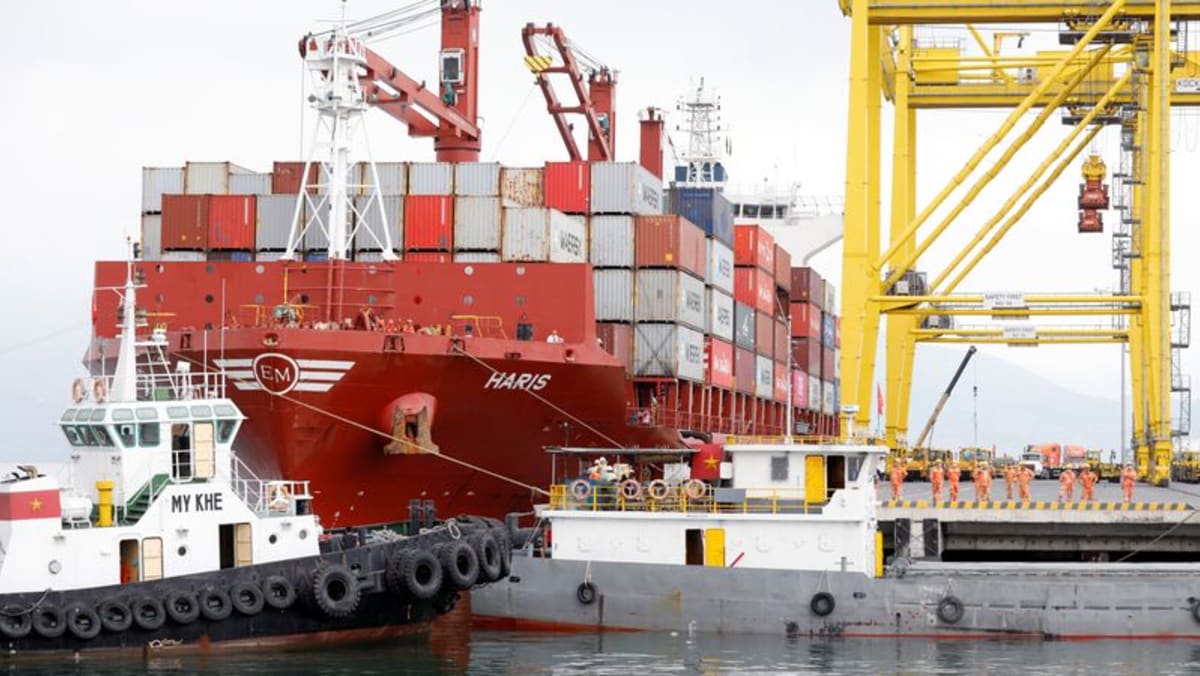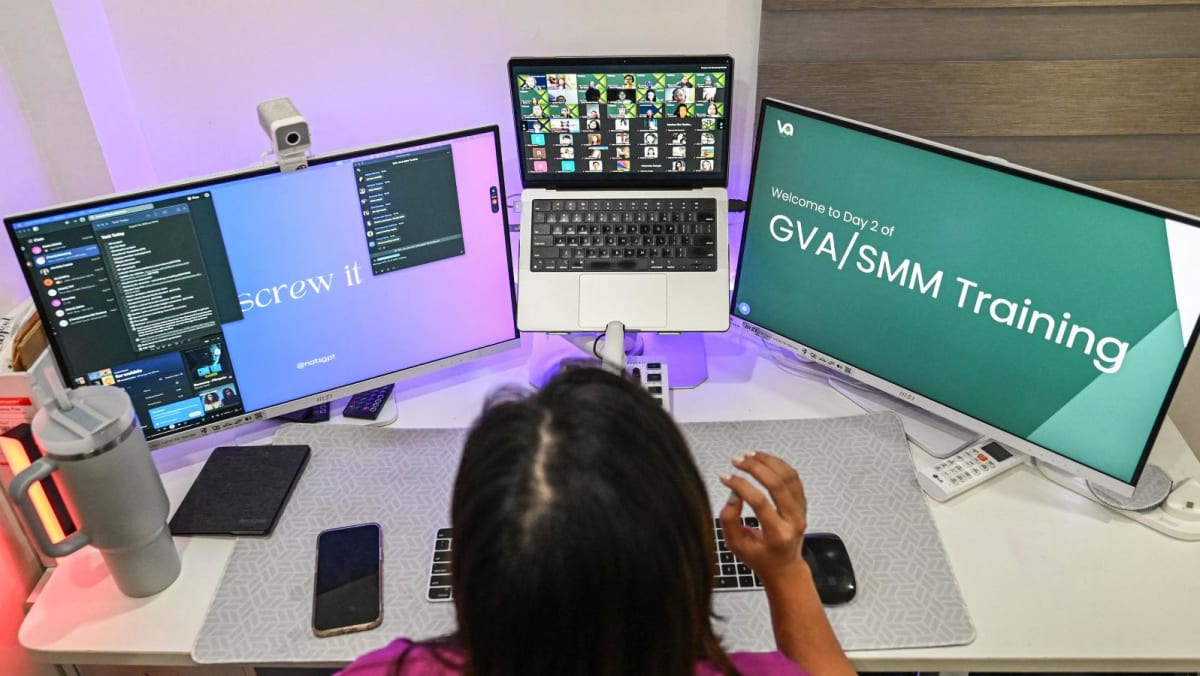Deep-sea solution seeding hope for struggling but essential seaweed farming industry

Prof Largo is supportive of efforts to focus on deeper water farming, despite the logistical challenges. But he said greater efforts in seaweed innovation and research should be a national priority as well.
“Well, it’s gloomy for the Philippines because we’re not innovating so much with the right strains of climate-resistant seaweed. There are so few serious scientists. Those that are still alive are almost retiring,” he said.
“And we have not really abated the rising temperatures. We’re still business as usual. No matter what we’re doing as scientists – you want to do innovative ways of farming – that’s a very difficult factor to control.”
Dr Jayvee Saco from the VIP Center for Oceanographic Research and Aquatic Life Sciences at Batangas State University is more optimistic about the ongoing research his team and others are involved with, focused on seaweed strains with better yields, more resilience and valuable functions.
“I think we need to close the gap between the results of our science to the farmers and actually we’re already there. And most of the farmers are very receptive with the technology that we are presenting to them. Because first and foremost, that’s their livelihood,” he said.
“They are still the poorest of the poorest. So we need to augment how they can have enough income.”
He said the applications for seaweed and its by-products are vast and often underappreciated. Markets are ready to be further tapped if Philippine farmers can meet the demand.
Carrageenan – an extract of red seaweed – is an example of a ubiquitous food additive in people’s daily lives around the world.
“It’s found in ice cream, bread, cakes, sausages, beer, milk, napkins, diapers, gel pens, makeup. It’s everywhere. So there’s a lot of potential in the usage of seaweed. It’s a matter of how we’re able to utilise them,” Dr Saco said.
Source: CNA





